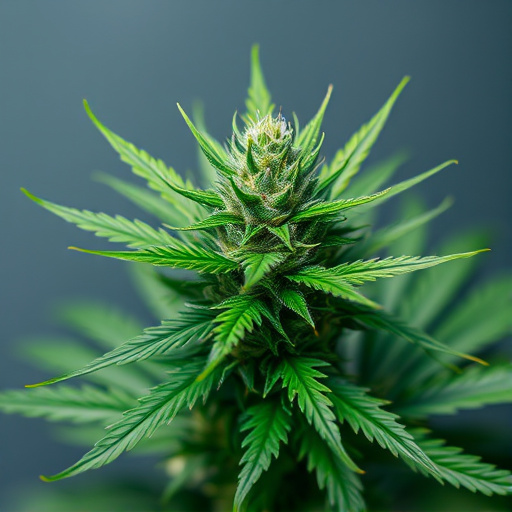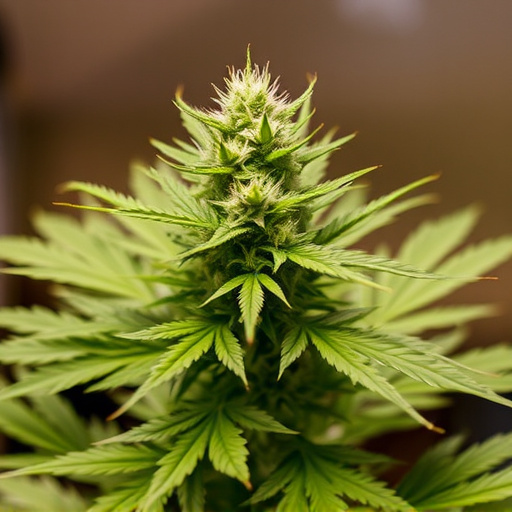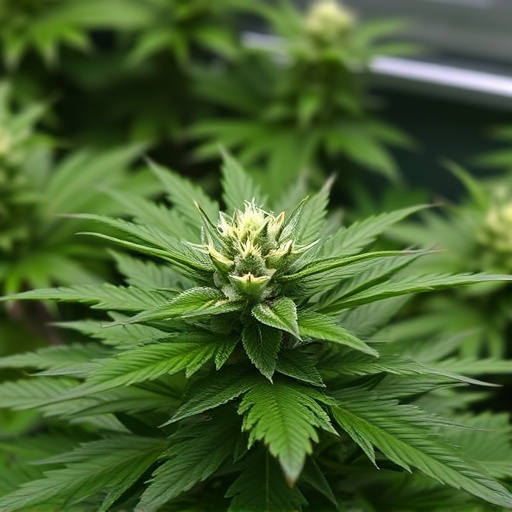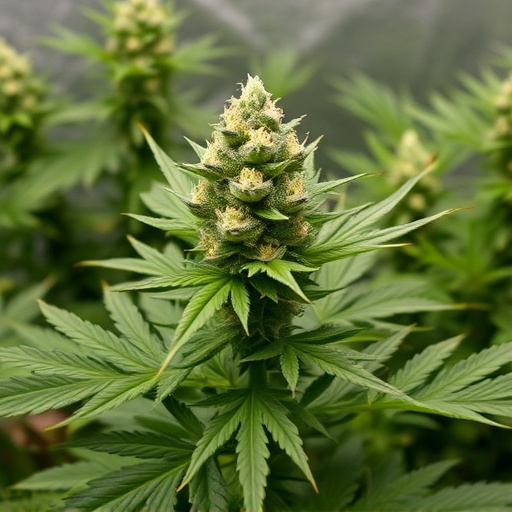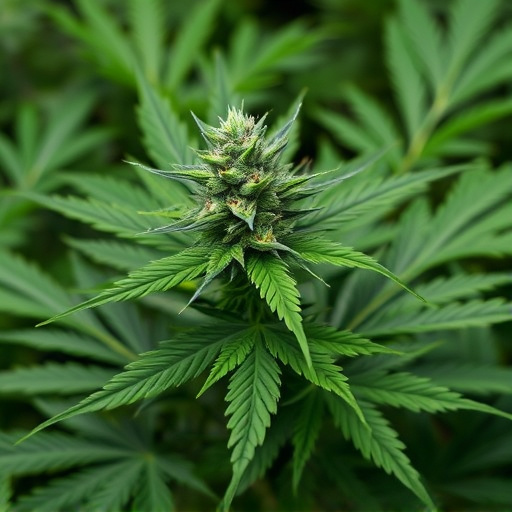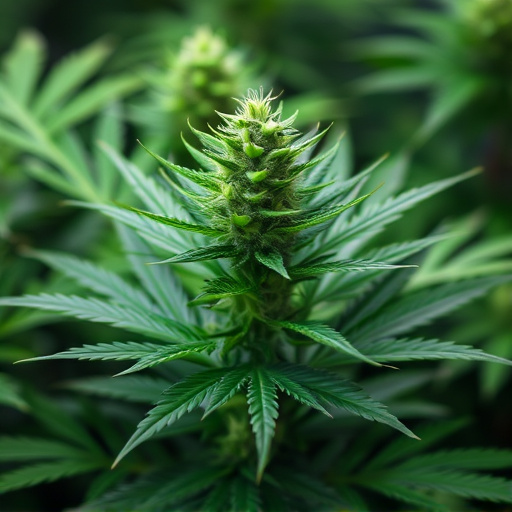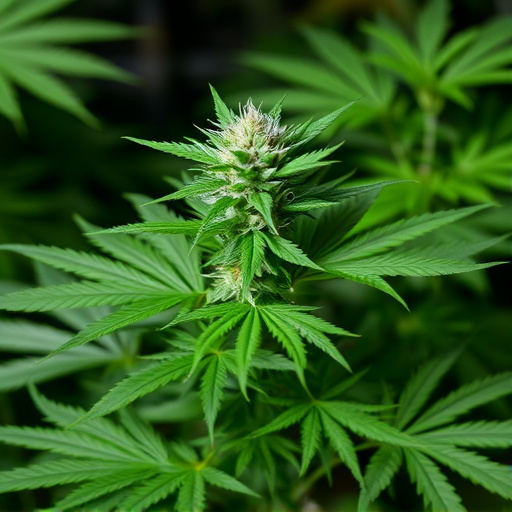Cannabis dosage safety requires considering individual factors like tolerance, weight, and metabolism. Beginners should start with micro-dosing (1-5mg THC) from easily grown strains with balanced THC and CBD profiles for a controlled introduction. Gradually increasing intake allows for better understanding of cannabis' effects on memory and coordination. The best strains for beginners include Indica varieties like Northern Lights and Purple Kush, known for their relaxing properties, shorter flowering times, and lower THC levels.
“Unraveling the safe dosage of cannabis is a complex journey, especially with its growing legal status. This article aims to guide readers through the intricacies of understanding cannabis dosage and its safety measures. We explore how various factors, such as method of consumption and individual tolerance, dictate optimal limits.
Additionally, we shed light on the top easy-to-grow cannabis strains suitable for medical use, offering a practical approach for those seeking natural relief. Discover the key to navigating cannabis safely and effectively.”
- Understanding Cannabis Dosage and Safety
- Factors Influencing Safe Dosage Limits
- Easiest Cannabis Strains for Medical Use and Growth
Understanding Cannabis Dosage and Safety
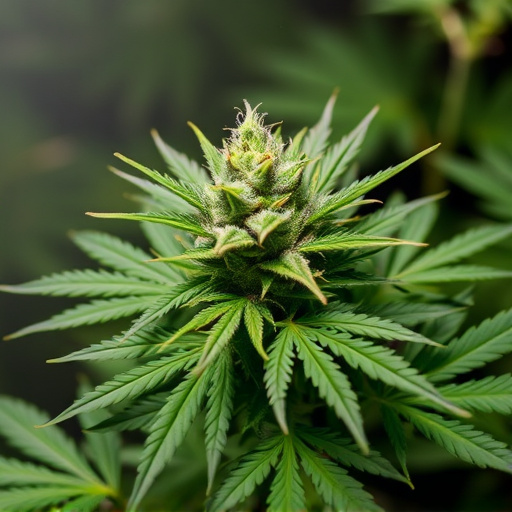
Cannabis dosage safety is a complex topic, as the effects can vary greatly depending on individual factors like tolerance, weight, and metabolism. Understanding how cannabis interacts with your body is crucial before considering any specific dosage limits. The easiest cannabis strains to grow at home are often recommended for beginners due to their balanced THC (the primary psychoactive compound) and CBD (a non-psychoactive compound with potential medicinal benefits) profiles, allowing for a more controlled introduction to the plant’s effects.
While there isn’t one-size-fits-all dosage, starting small is generally advised. Micro-dosing, involving very low amounts (often 1-5mg of THC), has gained popularity for its potential therapeutic benefits with minimal psychotropic effects. As you grow more comfortable or seek specific medicinal outcomes, you can gradually increase your intake. Safety also involves being mindful of cannabis’ lasting effects, as it can impact memory and coordination for varying periods after consumption.
Factors Influencing Safe Dosage Limits
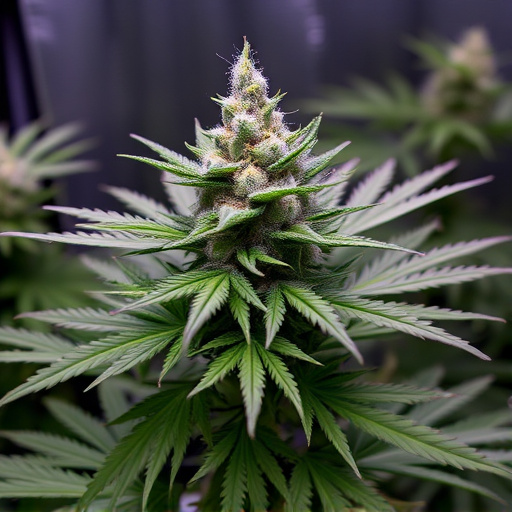
The safe dosage limit of cannabis is a complex topic, influenced by several factors. One of the primary considerations is the individual’s tolerance and overall health. As with any substance, regular users may develop a higher tolerance, requiring larger doses to achieve desired effects. Age, weight, metabolism, and general physical condition all play a role in determining safe consumption levels.
Additionally, different cannabis strains vary significantly in their cannabinoid profiles and strengths, making some easier to grow and consume safely than others. The easiest cannabis strains to grow are often those with balanced THC (tetrahydrocannabinol) and CBD (cannabidiol) levels, as they offer a milder high and potential therapeutic benefits without the intense psychoactive effects of higher THC concentrations. These strains can be beneficial for beginners or individuals seeking a more controlled experience.
Easiest Cannabis Strains for Medical Use and Growth
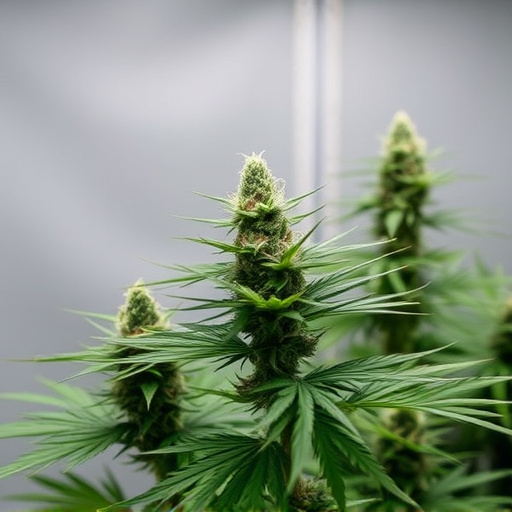
When it comes to medical cannabis, choosing the right strain is as crucial as understanding dosage. For those considering growing their own, the easiest cannabis strains to grow offer a balance between potency and simplicity. Indica strains like Northern Lights or Purple Kush are renowned for their relaxing effects and shorter flowering times, making them popular choices for beginners. These plants generally require less care compared to Sativa varieties, which tend to be more challenging to cultivate due to their longer growing cycles and higher demand for nutrients.
The ease of growth isn’t just about simplicity; it also translates into potential benefits for patients. Easiest cannabis strains to grow often have lower THC levels, offering a gentler high that can be more suitable for medical users seeking relief from anxiety or insomnia without the overwhelming effects. Additionally, these strains may possess specific terpenes and cannabinoids known for their therapeutic properties, making them valuable options in home cultivation settings.
While there’s no universally agreed-upon safe dosage limit for cannabis, understanding individual reactions and factors like tolerance and method of consumption is key. Among the easiest cannabis strains to grow for medical use are those with lower THC levels and higher CBD content, as they tend to offer therapeutic benefits without overwhelming side effects. Always consult with a healthcare provider before incorporating cannabis into your routine, especially when experimenting with different strains and dosages.




